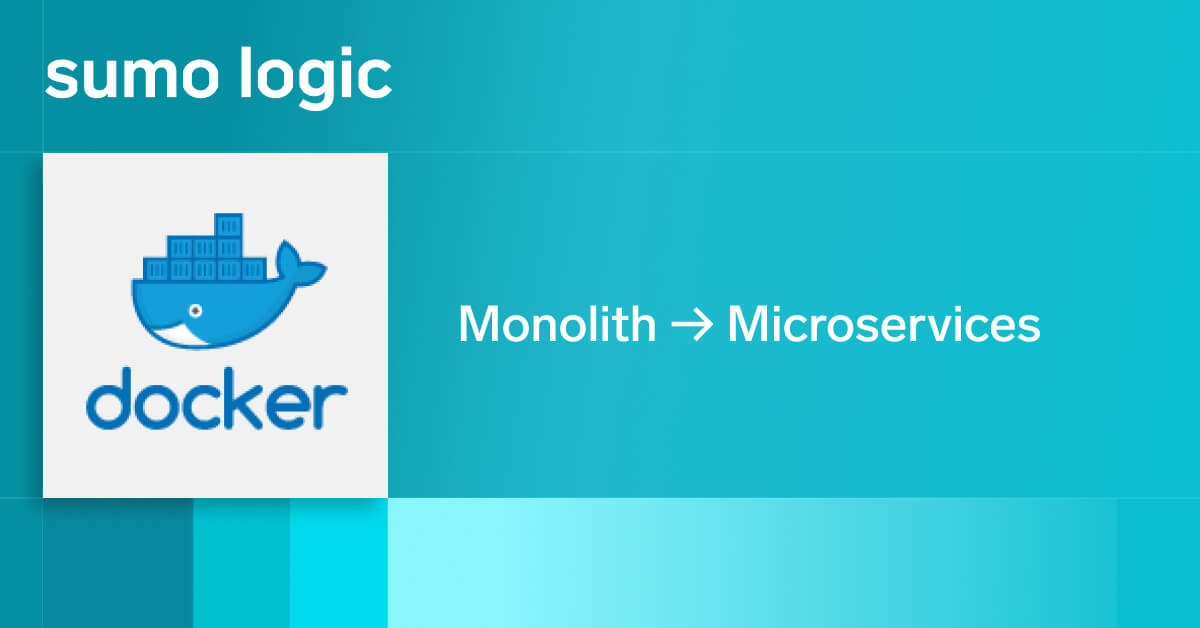
What to expect when you’re expecting a cybersecurity audit for compliance
A cybersecurity audit
is a structured evaluation or assessment conducted to determine an organization’s level of compliance with relevant
cybersecurity regulations, industry standards and internal policies. Read on to learn what an audit is looking for,
the challenges of an audit, how to prepare for one, and the tools that can help your organization get ready.
What is a cybersecurity audit looking for?
Assessing if an organization follows compliance regulations involves evaluating several key pieces of information.
Here’s what compliance auditors will be looking for:
- Potential security weaknesses, vulnerabilities and gaps in an organization’s security posture
- Cybersecurity policies, procedures and standards for maintaining a secure environment
- How data encryption, access controls and data retention policies are implemented appropriately to respond to
data breaches - Incident
response plans and procedures to detect, respond to and recover from security incidents effectively - Possible risks from third-party vendors
- Areas for enhancement to strengthen cybersecurity posture
- Legal and contractual obligations
What are the challenges of a cybersecurity audit for compliance?
Conducting a cybersecurity audit can be complex and challenging. Some of the key challenges that auditors and
organizations may face include:
Evolving regulations and standards: Cybersecurity regulations and standards constantly evolve to
keep up with emerging threats and technologies. Staying current with the latest requirements can take time and
effort for internal auditors.
Scope complexity and creep: The audit scope may expand beyond its initial boundaries due to
identifying additional potential risks or concerns.
Compliance requirement language: Regulations and standards can be complex and open to
interpretation, leading to potential differences in understanding and implementation.
Resource limitations: Conducting a thorough cybersecurity compliance audit typically requires
skilled cybersecurity professionals and adequate resources.
Time constraints: Cybersecurity audits can be time-consuming, especially for organizations with
extensive IT
infrastructure and data. A lack of audit readiness further challenges time constraints. Often, people are
pulled off of products to prepare for the audit and after it’s done, security controls and audit readiness drift,
causing more work for the next audit.
Technical complexity: Assessing the technical security controls and configurations of systems and
applications may require specialized knowledge and tools.
Third-party dependencies: Organizations that rely on third-party vendors may face challenges in
ensuring these vendors comply with the required cybersecurity standards.
Compliance for legacy systems: Legacy systems may only sometimes meet the latest security standards.
Subjectivity in assessments: Some aspects of cybersecurity compliance may be subjective, leading to
differences in opinion between auditors and organizations.
Inadequate documentation: An organization’s cybersecurity practices and policies must be
well-documented to prove compliance.
Limited visibility into insider threats: Detecting and assessing insider threats can be extremely
challenging, as most bad actors do not leave obvious traces in the IT environment.
By addressing these challenges proactively and leveraging skilled cybersecurity professionals, organizations can
overcome obstacles and ensure compliance and a successful cybersecurity audit.
How do you prepare for a cybersecurity audit?
So, how do you prepare for an audit? Well, by being continuously audit-ready, of course. Practically speaking,
you need visibility into your cyber environment with playbooks and plans to deal with risks as they arise. The best
defense is a good offense. Preparing for a cybersecurity audit is crucial to ensure a smooth and successful audit
process. By being well-prepared, you can demonstrate your organization’s commitment to cybersecurity, regulatory
compliance and increase the likelihood of meeting compliance standards. To this end, most organizations leverage a
cybersecurity framework specific to their industry.
What is a cybersecurity framework?
A cybersecurity framework is an industry-accepted guideline for establishing the programs, functions, and
technologies required to manage cybersecurity risks and build and maintain a strong security posture. Organizations
use a cybersecurity framework to align with global compliance and cybersecurity standards, improve risk management,
track their security posture and develop improvements based on industrial standards.
Compliance frameworks can be not only prescriptive or descriptive in approaching the security testing requirement but
also outline critical information around reporting timeframes in the event of a data breach. Certain frameworks
(like SOC 2 and NIST) are voluntary, not compulsory, like HIPAA or PCI.
Prescriptive cybersecurity frameworks
Prescriptive frameworks outline what constitutes a pass or a fail on your compliance. This makes it easy to know if
you should get a penetration test, vulnerability scan, or neither. Examples of prescriptive cybersecurity frameworks
are the Center for
Internet Security (CIS) Top 18 and CIS Controls Version 7.1 and 8.0, PCI DSS, FedRAMP and NIST.
Descriptive cybersecurity frameworks
Descriptive frameworks outline a recommendation to complete a form of security testing. But they don’t clarify
the type of test needed or which areas of your system(s) you need to have tested. Examples of descriptive
cybersecurity frameworks are SOC 2, HIPAA and ISO 27001.
Penetration testing
A part of your preparation will involve a penetration test (pentest), also known as ethical hacking. A penetration test
is conducted by a cybersecurity expert that uses the same tactics, techniques, and procedures (TTPs) that hackers
use to test your network’s ability to withstand attacks.
Because compliance frameworks cover different areas and have different requirements, the form of your penetration
testing also varies across each framework. But no matter which framework you use, you’ll be better prepared
for your audit by conducting a penetration test. One of the most valuable results from a pentest is being able to
uncover vulnerabilities in your organization’s security posture and address them before an audit or, better
yet, an actual security incident.
Here are additional ways to help you demonstrate compliance and prepare for a cybersecurity audit:
- Familiarize yourself with the specific regulations and industry standards for your organization and the audit
scope - Establish a team responsible for preparing and coordinating the audit and communicating your organization’s
cybersecurity practices, processes and compliance efforts company-wide - Review your organization’s cybersecurity policies, procedures and standards to ensure they are up-to-date,
comprehensive and aligned with the applicable regulations and best practices - Perform internal assessments or mock audits to identify potential gaps or areas of non-compliance
- Ensure all cybersecurity activities and compliance efforts are well-documented
- Evaluate user access controls and permissions to ensure employees have appropriate access to systems and data
based on their roles and responsibilities - Regularly scan your systems for vulnerabilities and ensure that critical security patches are promptly applied
- Review your incident response plan and conduct tabletop exercises to test the effectiveness of your
organization’s response to potential security incidents - Review your network infrastructure and security measures to ensure firewalls, intrusion detection systems and
other security devices are appropriately configured - If your organization shares data or systems with third-party vendors, assess their security practices and risk
management efforts - Implement cybersecurity awareness and training programs for employees
- Review and enhance physical security measures to protect critical infrastructure and data storage areas
- Gather all necessary evidence and documentation required for the audit––policies, reports, training
records, system configurations and other relevant data. - Perform a final review of your organization’s cybersecurity measures and compliance efforts to ensure everything
has been noticed. - Partner with your third party auditor early when making a major technology shift so they are well educated on
the architecture change.
How Sumo Logic helps meet compliance standards
Sumo Logic helps enterprise-scale organizations quickly demonstrate security best practices and compliance readiness
for regulated data across all your public cloud, multi-cloud and on-premises environments. Our cloud-native SaaS
platform cost-effectively collects, stores and analyzes exabytes of security logs and event data to help
customers demonstrate continuous compliance and maintain attestations consistent with security frameworks like HIPAA, NIST, CMMC, or ISO 27001. Learn more about log management best practices for modern applications and infrastructure in our guide.
Leveraging out-of-the-box integrations and apps that include pre-built searches and granular dashboards, including
our PCI DDS
compliance app, Sumo Logic, helps identify compliance risks in real time.
Read our
guide to shorten audit cycles and ensure ongoing compliance.



